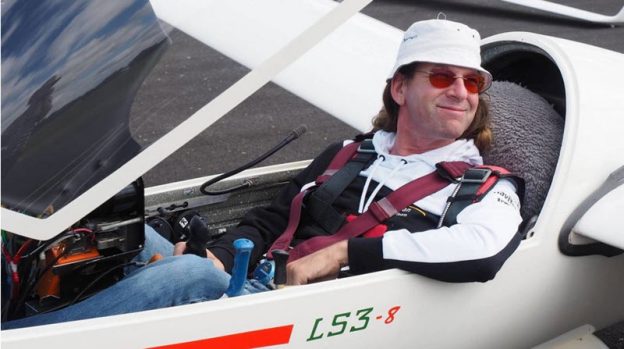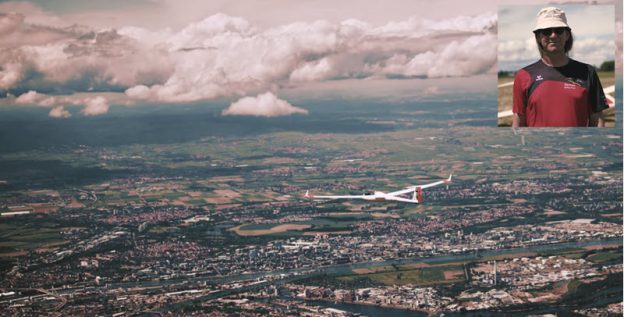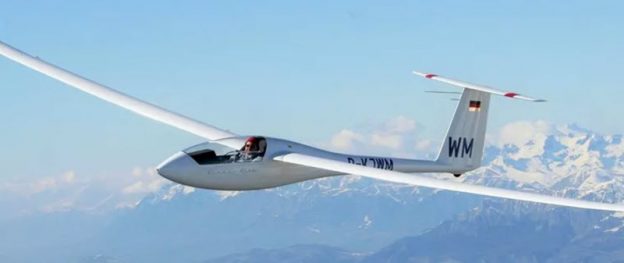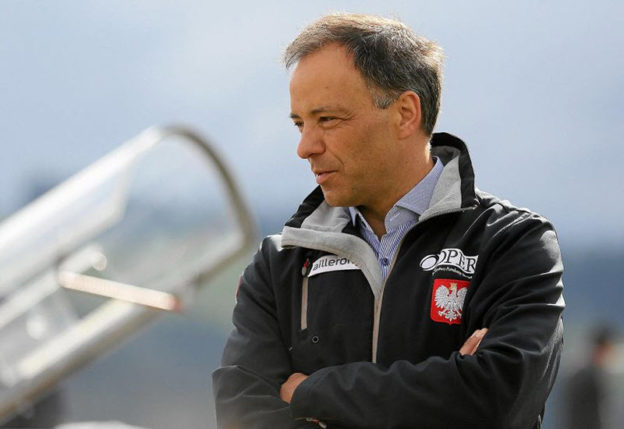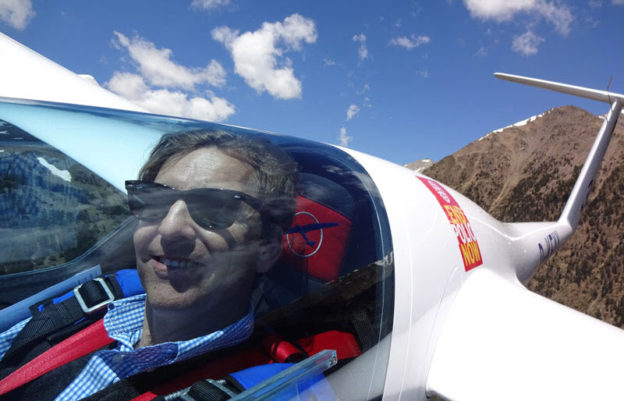Uwe Wahlig steckt mitten in den Vorbereitungen für eine Fernreise. Ziel für den Lorscher ist Südafrika. In der Nähe der berühmten Wüste Kalahari wird er erwartet. Der erfolgreiche Segelflieger, der 2021 den Weltmeistertitel in der Clubklasse holte, ist zu einer Challenge nach Tswalu eingeladen. Dort wird er unter anderem Vorträge für den interessierten Segelflieger-Nachwuchs halten und natürlich auch selbst fliegen. Er freut sich sehr auf neue Erfahrungen – auf der Erde wie über den Wolken.
„Dieser Kontinent fehlt mir noch“, sagt der Lorscher, der als international gefragter Sportler schon viel herumgekommen ist, aber eben bislang noch nicht in dieser fast 9500 Kilometer Luftlinie entfernten Region zu Besuch war. Besonderheit für Segelflieger: Man kann dort eine gewohnte Streckenlänge ungefähr doppelt so hoch fliegen wie hierzulande, bis man wieder Aufwind finden muss. In viertausend Meter Höhe will Uwe Wahlig dann unterwegs sein, wenn das Wetter, wie er hofft, gut ist.
Wissen über Wendepunkte
Mit der Luftraum-Struktur dort hat er sich bereits beschäftigt und den Wendepunkt-Katalog studiert. Das gehört für einen ambitionierten Segelflieger ebenso selbstverständlich zur nötigen Vorbereitung wie das Packen der Reisetasche, in die diesmal auch ein Mittel gegen Mücken kommt. Über die Meteorologie und die Thermik weiß er sowieso Bescheid. Gewinnen muss er bei dem Flugwettbewerb in Südafrika nichts, der Aufenthalt dient vor allem dem Sammeln von Flugerfahrung. Die sollen dem Lorscher im Dezember nützen. Dann will der amtierende Weltmeister nämlich seinen Titel verteidigen.
Die WM findet zum Jahresende in Australien statt. Die Voraussetzungen, was Wetterbedingungen und Landschaftsstruktur dort betrifft, seien vergleichbar mit der südafrikanischen Region, sagt Wahlig, der studierter Geologe ist und als Software-Entwickler bei einem großen, weltweit tätigen Konzert arbeitet. Der Lorscher startet seit Jahren für die Bensheimer Segelfluggruppe. Er hat seinem Verein den bislang höchsten und einzigen Weltmeister-Titel beschert. Wahlig ist Mitglied der Nationalmannschaft und für seinen Verein auch in der ersten Bundesliga mit von der Partie. Da wirke er aber mehr am Rande mit, sagt er.
Flugzeug sorgte für Furore
Nominiert für die Wahl zum Lorscher „Sportler des Jahres“ war Uwe Wahlig bereits mehrfach, sowohl in Bensheim wie in Lorsch. Dieses Mal ist er vorgeschlagen, weil er sich bei der Deutschen Meisterschaft im vorigen Jahr sehr gut geschlagen hat. Das Treppchen hat er zwar knapp verfehlt. Mit seinem vierten Platz aber hat er für großen Eindruck und „Furore“ bei vielen Piloten gesorgt. Uwe Wahlig startete nämlich in der 15-Meter-Klasse mit seinem rund 40 Jahre altem Flugzeug LS3.
Wahlig weiß natürlich, dass es längst drei modernere Generationen seines Modells gibt. Er hat mit seiner Teilnahme aber nicht zuletzt testen wollen, ob es tatsächlich immer das Neueste braucht. Er stellte fest: Wenn man siegen will, sollte man wohl nicht darauf verzichten. Wenn man aber ein sehr geübter Pilot ist, seine gute Maschine aus dem Effeff kennt, sie in Schuss hält, optimiert und mit allen ihren Besonderheiten vertraut ist, dann kann ein herausragender Sportler auch mit so einem betagten Flugzeug weit vorn landen. Quelle: ‚Bergsträsser-Anzeiger‚.


